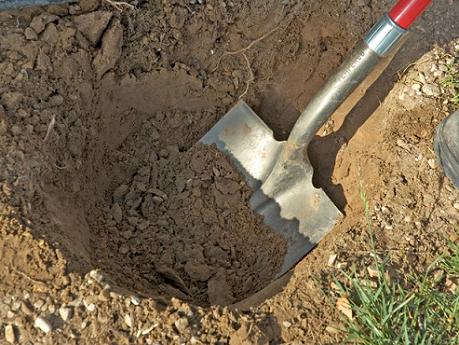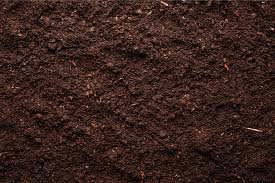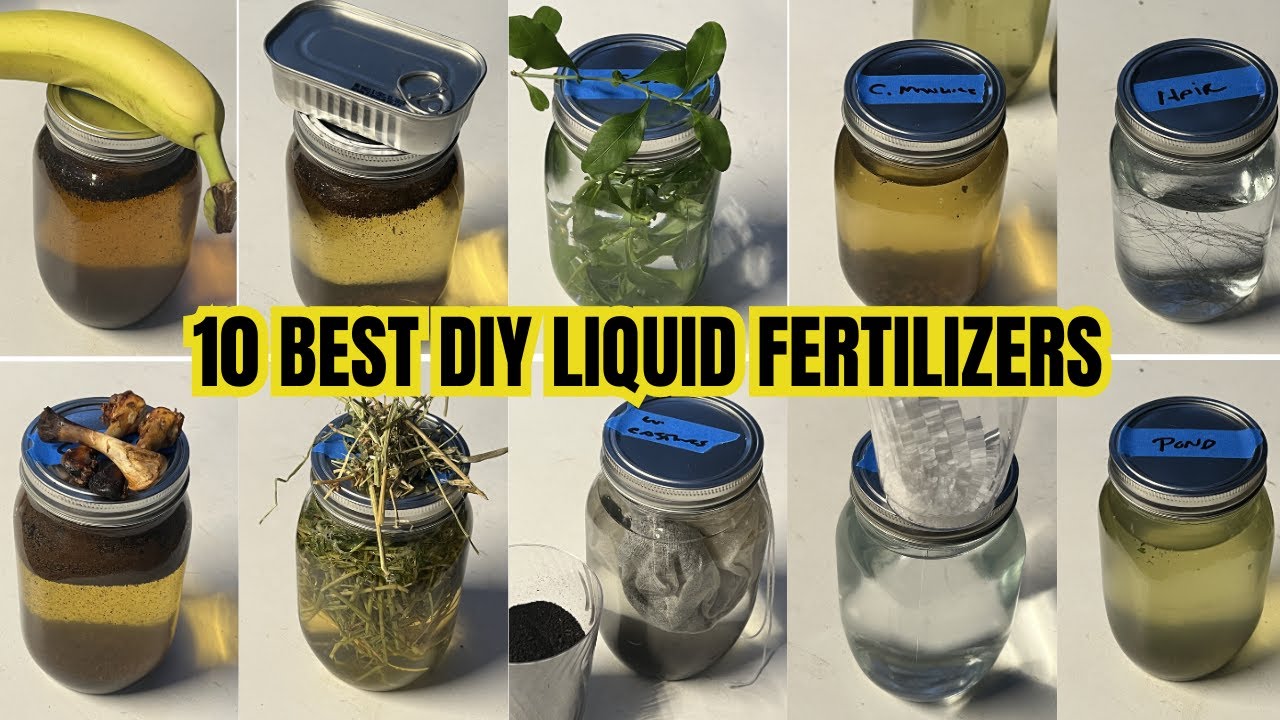How to Improve Sandy Soil for Gardening
Sandy soil can be a challenge for gardeners as it tends to drain quickly and is often low in nutrients. However, with some simple steps, you can improve sandy soil and create a healthy environment for your plants to thrive.
1. Add Organic Matter
One of the best ways to improve sandy soil is to add organic matter, such as compost, manure, or peat moss. Organic matter helps improve soil structure, increases water retention, and provides essential nutrients for plant growth. To incorporate organic matter into sandy soil, mix it thoroughly into the top few inches of soil before planting.
2. Mulch Regularly
Mulching is another effective way to improve sandy soil. Mulch helps to retain moisture, regulate soil temperature, and reduce erosion. Organic mulches, such as straw, wood chips, or leaves, can be applied around plants to help improve soil quality over time.
3. Use Cover Crops
Cover crops, such as clover or vetch, can help improve sandy soil by adding organic matter, fixing nitrogen, and reducing erosion. Planting cover crops in the off-season can help improve soil structure and fertility, making it more conducive to plant growth.
4. Test and Amend Soil pH
Sandy soil tends to be acidic, which can limit plant growth. Test your soil pH and amend it as needed to create a more neutral or slightly alkaline environment. Adding lime or other soil amendments can help balance the pH and create a better growing environment for your plants.
5. Choose the Right Plants
When gardening in sandy soil, it’s important to choose plants that are well-suited to these conditions. Look for plants that are drought-tolerant, have deep root systems, and prefer well-drained soil. Native plants and succulents are often good choices for sandy soil gardens.
6. Water Wisely
Watering is crucial when gardening in sandy soil. Because sandy soil drains quickly, plants may need more frequent watering to thrive. Water deeply and infrequently to encourage plant roots to grow deeper into the soil and become more drought-resistant.
7. Monitor Nutrient Levels
Regularly monitor soil nutrient levels and add fertilizers as needed to ensure that your plants have the nutrients they need to thrive. Sandy soil tends to be low in nutrients, so adding a balanced fertilizer can help promote healthy plant growth.
Conclusion
Improving sandy soil for gardening may take some time and effort, but the results are well worth it. By adding organic matter, mulching, using cover crops, testing and amending soil pH, choosing the right plants, watering wisely, and monitoring nutrient levels, you can create a healthy and productive garden in sandy soil.



